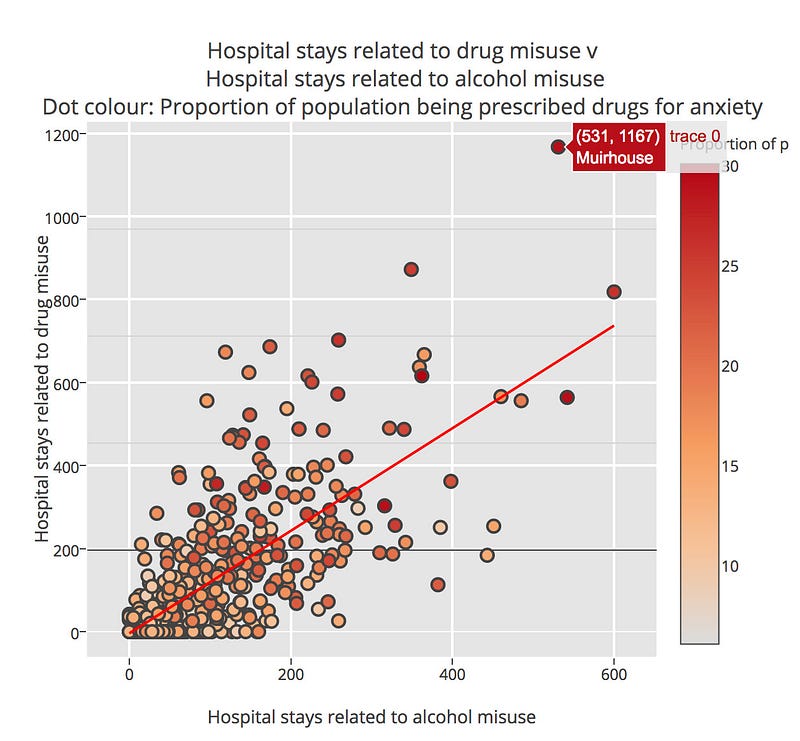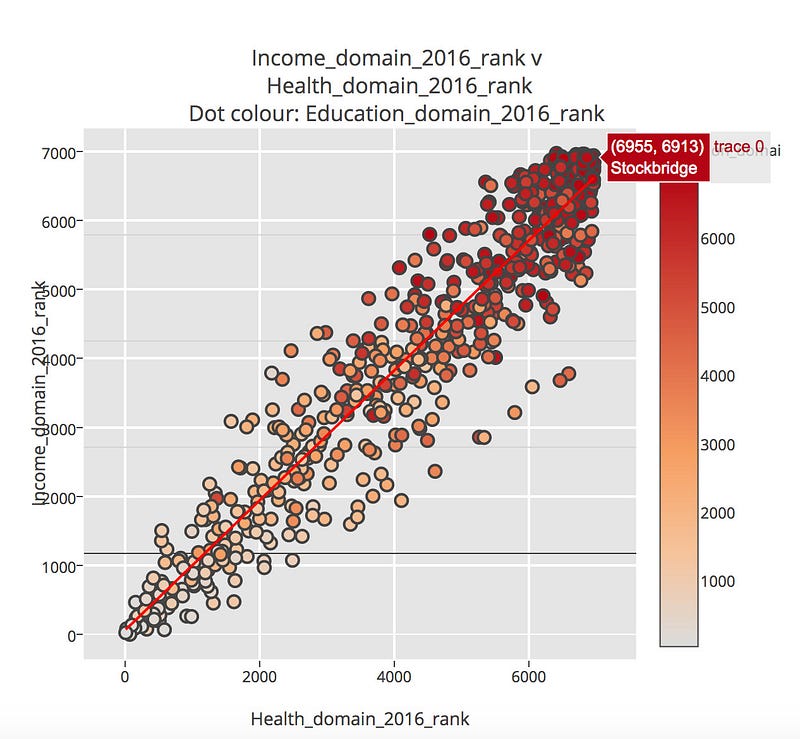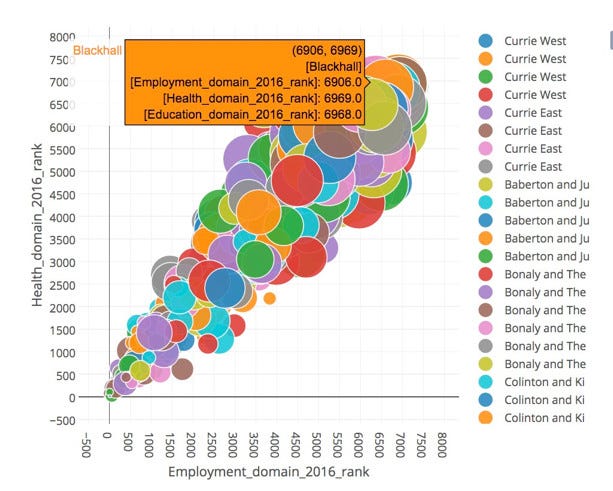Edinburgh Under A Microscope

Edinburgh Under A Microscope
A truly wonderful city … but …
Edinburgh is a truly wonderful city, and I love living and working here. My students (mostly) love it too, and my family can find the jobs that allow them to have the lifestyles that they want. Most of the time our graduates find great jobs in the local area and have no need to leave the city that they’ve fallen in love with. It’s also a place filled with smart and innovative people (and so many techy people), and who also love living here.
In my academic career, too, my city has always supported me and enable things to happen that would fail in many other cities in the world. Also, to live in the 4th most beautiful city on the planet, and have so many cultured and educated people around me, from ever corner of the world, is a real privilege. I adore the place and want it to thrive, and take its rightful place on a world stage. It is an honest and open city which has always had education, innovation and health care at it core.
So it is innovative, cultured, and enterprising, and, I love living here. I hop on a bus, and in 10 minutes, I’m in Merchiston, and soaking up the buzz and culture of a smart city. I could thus not imagine living in any other city on the planet. You could walk and travel around Edinburgh, and see its stunning architecture, and where culture oozes from every pore …
… But …
… like any other city, Edinburgh has its challenges, and these are highlighted by the latest SIMD 2016 survey. One of the major ones is the education attainment between some areas and others, and where there is almost a binary divide between those who have and those who have not. This is perhaps best illustrated with the following [Web page]:

We can see fully that there are areas which have relatively high numbers of people with no qualification, and that this correlates to school attendance. For areas like Trinity, The Grange and Blackhall, we see high levels of school attendance. As an academic, I can only imagine the great loss of talent to the local economy.
We also see that illnesses in an area can correlate to the attainment level at school [Web page]:

And for Edinburgh, it becomes obvious where its problems lie, if we look at hospital stays [Web page]:

If we now plot across the whole of Scotland, we discover that Niddrie has problems in being both income and employment deprived [Web page]:

So what about housing and health? Where in Edinburgh are the places with the poorest health and with challenges around housing [Web page]:

And lots of people want to come here, but sometimes the houses are not quite as good at keeping out the cold. Easter Road and Gorgie have some of the greatest problems for overcrowding and having no central heating, across Scotland [Web page]:

And places which thrive…
So where are the places that thrive in Edinburgh? We’ll there’s lots, but you’ll have to pay for the privilege. For health and income it’s one of the best places to live on the planet … Stockbridge [Web page]:

When it comes to education and employment, you’ll not do much better than the vibrancy of Morningside and Craiglockhart [Web page]:

And if you want access to great housing and have a low crime rate, then head to the Forth Rail Bridge, as Dalmeny is the place to be [Web page]:

And where are the younger people? .. they’re in vibrant Southside and Meadows (higher than average working age population) and the older set just love Barton and Cramond (lower than average working age population) [Web page]:

And who are the healthiest and most educated … that will be the people from the place with the boring name … Blackhall [Web page] …

Okay … I know you have been watching Hans Rowling on Ted Talks, so here is Blackhall in bubble mode [here]:

Conclusions
We need more data on our cities, and ways for everyone to contribute. If you want to see best practice, have a look at the London Datastore: